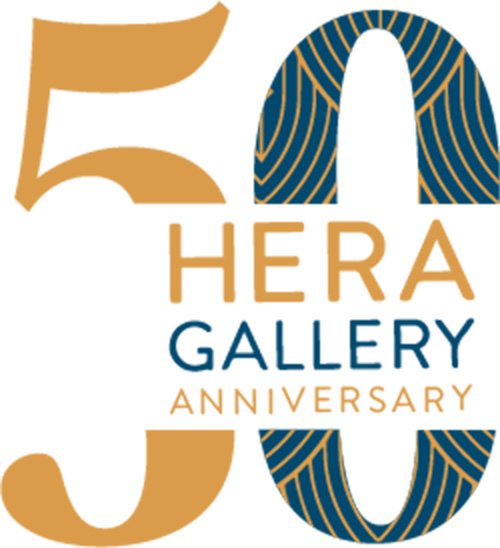KO Chun Ming
KO Chun Ming is a Hong Kong photojournalist whose work over the last two decades has focused on issues of poverty, homelessness and the struggles of ethnic minorities. His photographic project Cent Maison—Living Environment of the Poor in Hong Kong received the WYNG Foundation Masters Award (2012). Since 2016 Ko has been a volunteer photographer for Oxfam’s international humanitarian programs in Rohingya, Tanzania, Malawi, Mozambique and other countries. Ko’s photographic series Wounds of Hong Kong was awarded First Place in the 2020 Sony World Photography Awards.
Ko Chun Ming Artist’s Statement:
“The struggle of man against power is the struggle of memory against forgetting.” Scars and bruises may fade, but we must remember what caused them. The purpose of Wounds of Hong Kong is to record police brutality. Each interviewee sacrificed in their own way during the Anti-Extradition Law Amendment Bill Movement. Among the thousands wounded, they are only a few. Apart from the street clashes, the daily challenges these protesters faced also reflect the problems in Hong Kong society. For example, after being injured by the police, teenagers may not be able to go home due to their pro-establishment parents. That begs the question, shouldn’t a “home” be a place for recovery?
In the past year, the slogan we shouted most has evolved from “Hong Kong people, add oil” to “Hong Kong people, revenge!” But what exactly are “Hong Kong people?” What do we love about Hong Kong? During the protests, Hong Kong people newly showed qualities like justice, unity, creativity, and courage. The joy and sorrow that we have experienced together also form our ethnic identity, and sorrow often comes from a deeper place than joy. We did our best towards a common goal. We no longer needed a central command. Both peaceful and valiant groups collaborated. We acted “like water.” All 24 interviewees in the “Wounds of Hong Kong” series are from different backgrounds, but they moved forward for the same values. What does this movement mean to you? I hope you will find your answer in the photos and stories of these people. The locations I used to photograph this series were almost always at public places like back alleys and parks. The thing that worried me most was being disturbed by the police when I was in the middle of a shoot, so I needed to finish within a short period. Interviewees and I met near the places where they lived or worked. Unexpectedly, when they led me through streets and alleys, looking for a safe place to photograph, I felt like I saw their lives more clearly and understood them more.



